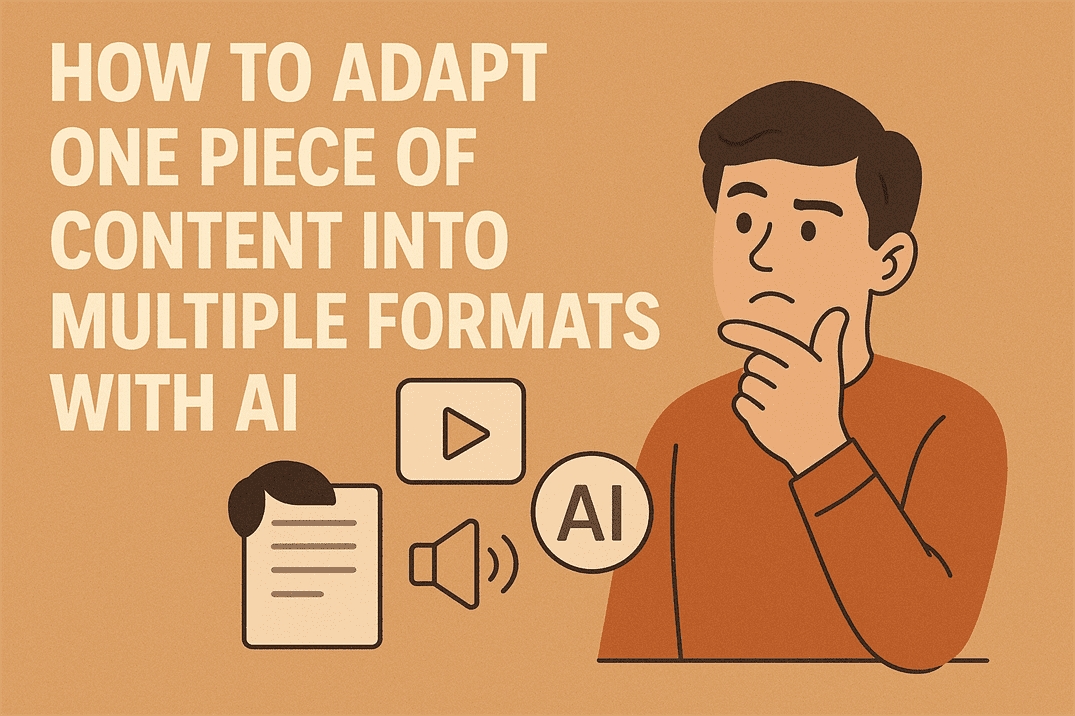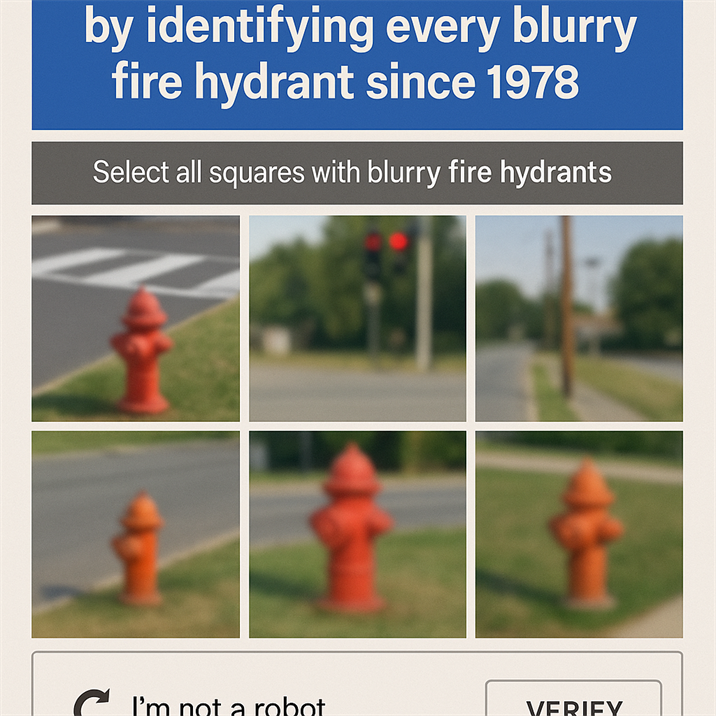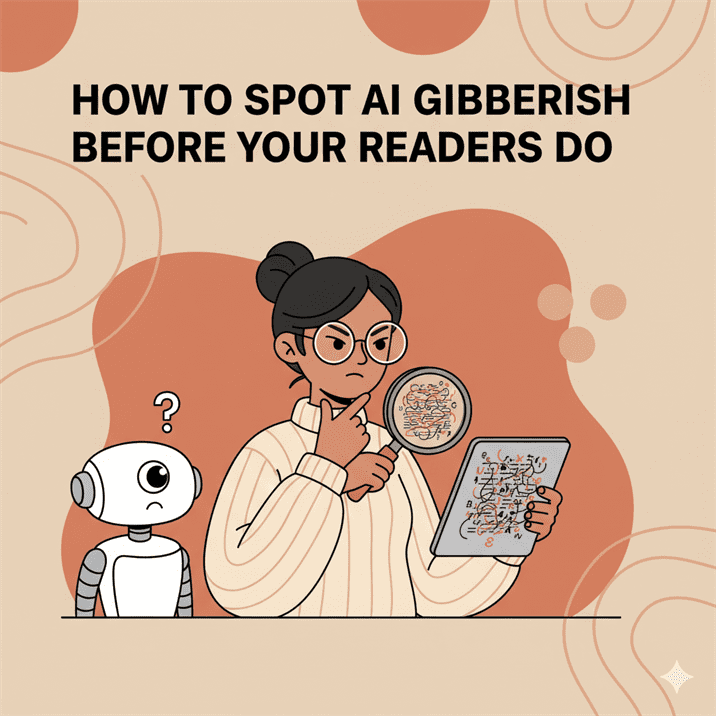How to adapt one piece of content into multiple formats with AI

Here’s the thing about content: it’s greedy. You give it an afternoon, a perfectly good brain, and about four cups of coffee and then it expects you to feed it again tomorrow.
And the day after.
Enter the art (and mild witchcraft) of repurposing. One good piece of content can be turned into ten. Maybe fifteen if you really squeeze it.
With AI as your assistant (the kind who never stops typing but occasionally misses the point), you can stretch your ideas so far they’ll be filing for workers’ rights.
Repurposing isn’t laziness. It’s efficiency.
It’s about taking one well-formed thought and letting it live nine different lives, like some kind of entrepreneurial cat.
Selecting the right pillar content piece
Not all content is created equal. Some of your posts are solid gold, others are… well, bronze participation medals at best.
Repurposing works best when you start with something that already has the right weight.
Here’s how to pick your pillar:
- Evergreen beats seasonal: Go for content that holds up over time. A guide to “budgeting basics” will serve you longer than “10 holiday shopping tips for 2024.” You want a piece that won’t expire before you finish repurposing it.
- Depth matters: A short opinion piece or fluffy listicle won’t stretch far. Look for content that covers a topic in layers, something with subheadings, stats, or stories you can slice into different chunks.
- Proof of life (a.k.a. performance): Check your analytics. If a blog post is already getting traffic, comments, or shares, it’s a good candidate. No one wants to adapt a ghost town.
- Problem solving power: Your pillar piece should answer a question or solve a problem your audience actually cares about. If people search for it, bookmark it, or send it to colleagues, you’ve struck pillar-worthy gold.
- Personal authority: Pick a topic you actually know and care about. Repurposing works best when you can add extra stories, examples, and colour that AI can’t invent (well, it can, but they’ll sound suspiciously like they came from a Hallmark card).
Quick test: The “would you explain this three ways?” rule
If you can explain the same idea in an email, a short video, and a social post without repeating yourself word-for-word, it’s probably pillar-worthy.
If you run out of steam after the second sentence, put it back in the drawer.
Examples of strong pillar candidates:
- 2,000-word blog guide
- Podcast interview with a guest expert
- Webinar recording full of Q&A
- Research report with stats and charts
- How-to tutorial that solves a recurring problem or challenge
In short, if it’s chunky, useful and has a heartbeat in your analytics, congratulations, you’ve found your pillar.
Mapping formats (blog → email → video script → social posts)
Here’s where you play content Tetris. You’ve got your big chunky blog post. Great.
Now let’s map the spinoffs:
- Blog → email: Pull out the main idea, pretend you’re writing to one friend, give them a reason to read and engage and hit send.
- Blog → video script: Imagine explaining the same thing to someone who refuses to read. Cut the fluff. Add pauses. Smile at an invisible camera.
- Blog → social posts: Take your punchiest sentences, sprinkle in questions, break it into threads or carousels. Voilà. Instant thought-leader vibes.
This is less about invention and more about translation. Same language, different dialects.
Prompt examples for each format
Now the fun bit. AI, meet responsibility.
- Email prompt: “Rewrite this blog post introduction as a conversational email under 200 words. Address the reader directly, keep it warm, and add a subtle nudge to click a link.”
- Video script prompt: “Turn this outline into a 2-minute YouTube script. Include a hook in the first 10 seconds, suggest visuals, and make it easy to read out loud.”
- Social post prompt: “From this blog post, create five LinkedIn posts. Each should be under 120 words, start with a strong hook and end with a question.”
- Twitter/X prompt: “Boil this blog post into a 5-part thread. Use short, punchy sentences. Avoid jargon. Include one playful metaphor.”
You get the idea. Write your prompts like you’re giving instructions to a slightly dim intern, clear, kind and with zero assumptions.
Add your usual direction if you like, audience, purpose, outcome and so on. The AI won’t mind.
Adding human context for each audience
AI is brilliant at spitting out text, but it doesn’t know your readers.
It doesn’t know that your LinkedIn crowd rolls their eyes at memes, while your Instagram followers are currently building entire personalities out of meme culture.
That’s your job. You need to drop in little human touches:
- Anecdotes only you could tell
- Examples from your own work
- Jokes that wouldn’t make sense if written by a bot
Without your context, everything reads like it came out of the same personality-free blender.
Managing tone differences across channels
This part is basically acting, except you don’t have to wear makeup under hot lights.
- Email tone: Friendly, “I wrote this just for you” energy.
- Blog tone: Slightly more polished, but still warm. Like a dinner party where you’ve ironed your shirt.
- Video tone: Energetic, clear, a little exaggerated (because cameras love drama).
- Social tone: Snappy, digestible, allergic to waffle.
AI can help with this, but you’ll want to tweak it. The same joke that kills on Twitter will get you blocked on LinkedIn.
Tracking performance of repurposed content
If you’re going to bother slicing and dicing your ideas, track whether anyone actually eats the casserole.
- Watch open and click rates on your emails
- Track watch time on videos
- Check engagement and shares on socials
- Use analytics tools to see if the original pillar content is pulling new visitors in
This isn’t about vanity metrics (though yes, we all love a dopamine hit from likes).
It’s about seeing which format actually works so you know what to double down on next time.
The AI repurposing prompt cheat sheet
| Format | Sample ai prompt | Pro tip |
| “Rewrite this blog post intro as a conversational email under 200 words. Speak directly to the reader, keep it warm, and add a subtle nudge to click a link.” | Emails should feel like one-to-one letters, not one-to-many megaphones. Imagine you’re writing to your favourite cousin. | |
| Video script | “Turn this blog outline into a 2 minute YouTube script. Include a hook in the first 10 seconds, suggest supporting visuals, and make it easy to read out loud.” | Practice reading it. If you trip over sentences, your viewers will too. |
| Linkedin post | “From this blog post, create 5 LinkedIn posts. Each under 120 words, start with a strong hook, add a practical tip, and end with a question.” | Keep it business-casual. Think ‘Friday at the office after lunch’ rather than ‘Monday morning boardroom.’ |
| Twitter/X thread | “Summarise this blog post as a 5-part X/Twitter thread. Use short, punchy sentences, one playful metaphor, and finish with a call to action.” | Don’t overthink. Tweets are the tapas of content. Serve small bites. |
| Instagram carousel | “Condense this post into a 6-slide Instagram carousel. Use bold headers, 1-2 sentences per slide, and include a final call to action slide.” | Visuals matter. Pair text with something eye-catching, not stock photo cringe. |
| Podcast segment | “Rewrite this blog into a casual podcast script. Include an opening story, conversational tone, and 3 clear takeaways.” | Smile while recording. Yes, people can hear it. |
| Short form video (Reels/TikTok) | “Extract 3 key insights from this post and script them as 30-second vertical video ideas. Keep language casual and scroll-stopping.” | Movement on camera matters as much as words. Don’t just stand there like a talking lamppost. |
Conclusion: One idea, many outcomes
Repurposing is a little like recycling, except instead of saving the planet, you’re saving your calendar.
You take one strong idea and give it as many formats as your audience can handle.
With AI doing the grunt work and you sprinkling in the human seasoning, you can stretch content further without stretching yourself too thin.
One idea. Many outcomes. Infinite opportunities to look smarter than you feel.



